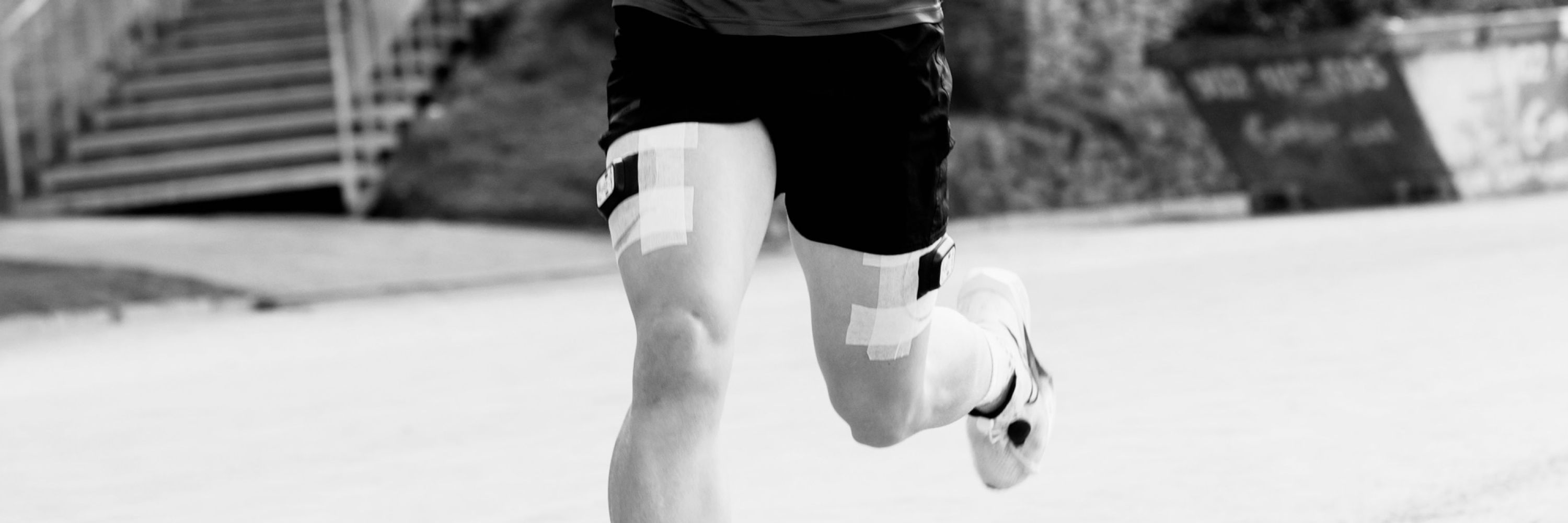

- 10km PB (36:14) -1'30 season PB
- HM debut (1h23)
- Half Ironman debut (4h32)

- 10km PB (36:14) -1'30 season PB
- HM debut (1h23)
- Half Ironman debut (4h32)

5 x 1600m/60”
Borg: 12
I always check the external load once the session is finished. Today, my average pace was 3:55. The trend continues to be positive.
5 x 1600m/60”
Borg: 12
I always check the external load once the session is finished. Today, my average pace was 3:55. The trend continues to be positive.
Road to 6W/kg 📈🙌
Road to 6W/kg 📈🙌
This experience raised many intriguing questions that I look forward to exploring further in the future.

This experience raised many intriguing questions that I look forward to exploring further in the future.

